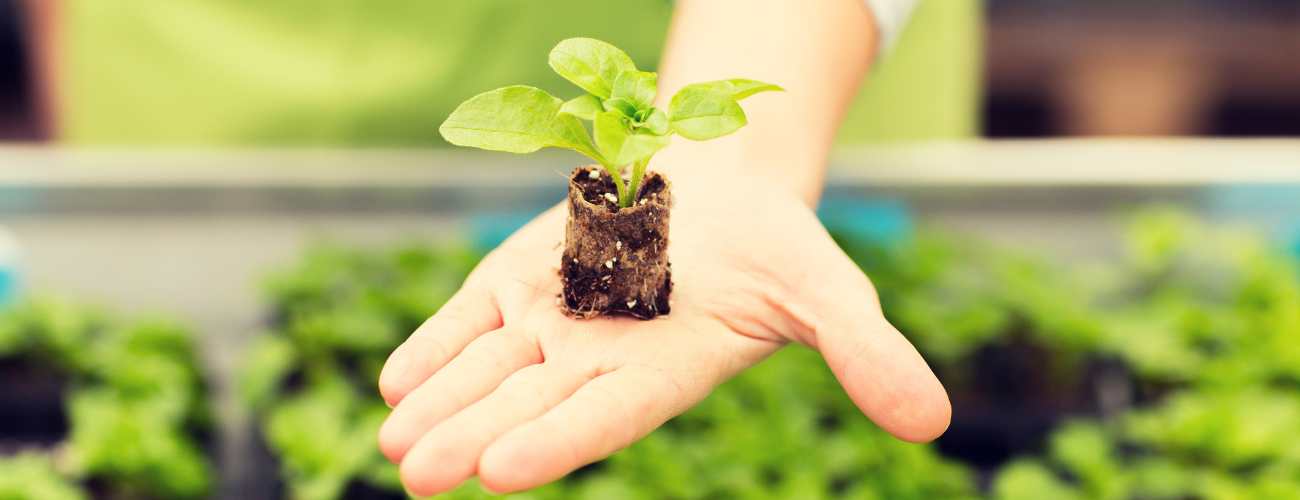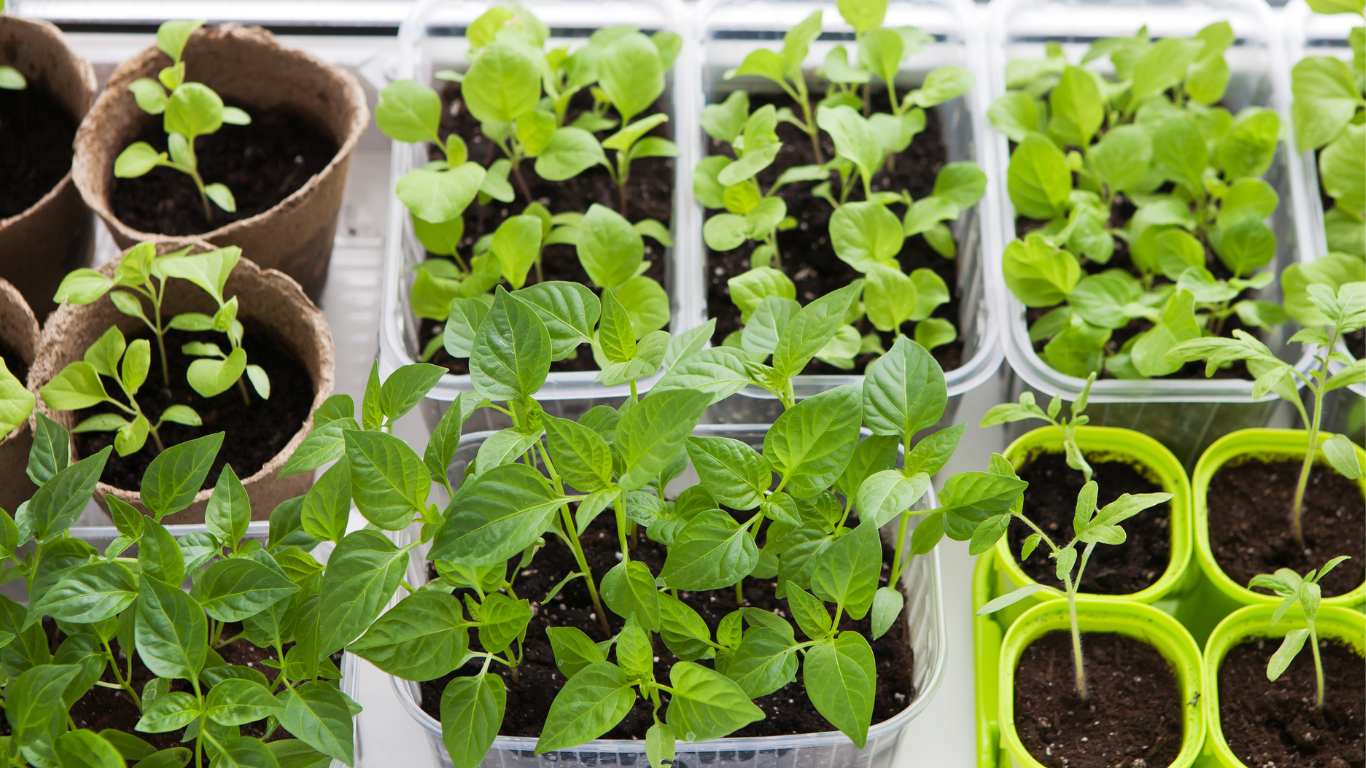You’ve got a green thumb itching to get those seeds started, right? Well, my gardening friend, you’re in luck because I’m about to spill the beans on the best months to kickstart your indoor planting journey. You won’t want to miss this!
So, you’re probably wondering, “When should I start my indoor seeds?” Well, it really depends on what you want to grow and where you live.
The optimal months for starting indoor seeds largely depend on your location and the plants you’re cultivating. Generally, March and April are ideal for most regions, offering a perfect balance of temperature and growing conditions for various seeds.
We’ve barely scratched the surface, and there’s a whole lot more to know about indoor seed starting. Keep reading, and you’ll have all the dirt (pun intended) on how to succeed.
Choosing the Right Month to Start Your Seeds
Now, let’s get down to the nitty-gritty. If you’re wondering which month is best to start your seeds indoors, let me break it down for you.
In the world of indoor seed starting, timing is crucial. If you’re starting with tomatoes, peppers, or eggplants, you’ll want to aim for early March. These plants take their sweet time to grow big and strong before heading out to the garden.
For herbs like basil and parsley, as well as cool-weather veggies like lettuce and broccoli, February is your go-to month. They like a bit of a head start but don’t want to be cooped up indoors for too long. If you are interested in winter gardening, I have covered all details in my blog about best vegetable seeds for successful winter sowing.
But wait, there’s more! For edible plant enthusiasts, consider starting cherry tomatoes or sweet peppers indoors in late April. These culinary favourites thrive in warmer conditions, perfect for late spring planting. They not only add flavour to your dishes but also bring vibrant life to your indoor garden.
· Factors to Consider
Now, you might be thinking, “What about where I live?” Bingo! Where you live matters a lot in this seed-starting game.
If you’re in the sunny south, you’ll find that March is your friend. But if you’re up north where winter lingers a bit, you might want to start seeds indoors in February. See, it’s all about working with your local climate.
And here’s a pro tip: check your last frost date. You don’t want your baby plants to face a chilly surprise outside, so plan your indoor seed starting around that date. You can find this info online or ask your gardening buddies. They’re usually full of wisdom.
· Indoor Conditions Matter
You’re not just sticking seeds in the dirt and hoping for the best, right? Well, there’s a bit more to it.
Indoor gardening means you’re the boss of the environment. That’s right, you control the show. So, here are a few things to keep in mind:
- Light: Seeds need light to grow strong and tall. If you don’t have a sunny spot, invest in some grow lights. They’re like sunshine in a bulb. Are you unsure if you need to purchase grow lights? In that case, I really recommend to read my blog where I go into great details how to assess if you really need grow lights.
- Temperature: Most seeds like it warm. Keep your indoor garden cosy, around 70°F (21°C) during the day and a tad cooler at night.
- Moisture: Don’t drown those little fellas! Maintain consistent soil moisture without overwatering it. It’s all about finding that balance.

· Supplies You’ll Need
All right, let’s talk gear. You don’t need a ton of fancy equipment, but a few basics will make your life easier.
To get started, you’ll want some seed trays or containers, good potting mix (not garden soil), and, of course, seeds. You can snag some seed-starting kits at your local garden store or go the DIY route with egg cartons and yoghurt cups. Oh, and don’t forget plant markers. You’ll thank me later when you’re not playing “Guess the Plant.”
Caring for Your Seedlings
With your seeds nestled in their pots, it’s important to nurture them as they grow. Regular, gentle watering is key, and as they mature, some may need re-potting to larger containers to accommodate their growth.
While it might sound unconventional, engaging with your plants can be beneficial. Conversing with or singing to your plants can positively impact their growth – a fascinating aspect of plant care!
Transitioning your seedlings to outdoor conditions is a critical step. This process, known as hardening off, involves gradually exposing your indoor-grown plants to the outdoor environment. Begin by placing them outside for a few hours each day in a sheltered, shaded area.
Over a week or two, progressively increase their exposure to sunlight and breeze. This method strengthens the plants, helping them adapt to the varied conditions outside. Neglecting this step can lead to stress in the plants, potentially impacting their health and growth.

Troubleshooting Common Seed Starting Problems
Expect the Unexpected: Sometimes, despite your best efforts, things can go awry. But don’t throw in the trowel just yet!
Let’s troubleshoot some common issues:
- “Leggy” Seedlings: “Leggy” seedlings are young plants that have grown tall and spindly with long, weak stems. If your plants are stretching out and looking a bit like they’re reaching for something, they probably need more light. It’s time to adjust those grow lights or move them to a sunnier spot.
- Mould or Fungus: If you see fuzzy stuff on your soil, your environment might be too wet. Cut back on the water, and make sure there’s good airflow around your plants.
- Not Germinating: Seeds not sprouting? They might need more time, or the soil could be too cold. Check the seed packet for the optimal germination temperature.

Remember, patience is key. Seed starting is as much an art as it is a science. Each year, you’ll learn more about what works best for your indoor garden sanctuary.
Indoor seed starting is an adventure that can extend your growing season and lead to a more bountiful harvest. With careful planning, the right conditions, and the willingness to tackle any issues head-on, you’ll be well on your way to a thriving garden.
If you are interested to learn about growing vegetables indoor all year round, I encourage you to read my blog on indoor gardening.
Remember, every little sprout is a victory, and every setback is a lesson for the next planting season. Keep nurturing your green thumb, and enjoy the journey!



